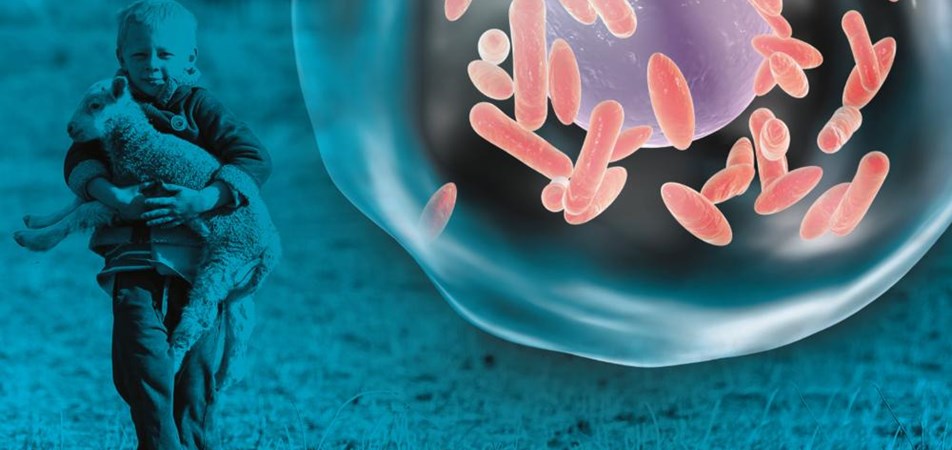To recover your password please fill in your email address
Please fill in below form to create an account with us

Optimising Q fever vaccination in Australia: Protecting our rural adolescents (Qfevervax1)
Background:
Q fever is a highly infectious disease caused by the Coxiella Burnetti bacteria. Each year in Australia there are over 450 cases notified. This equates to approximately 8-10 cases per week. Currently there is an effective Q fever vaccine which is recommended for those in “occupational at risk” groups such as abattoir workers, veterinarians, and farmers. However, several recent studies have highlighted that the risk of developing Q fever in non-traditional “at risk” groups, such as children and metropolitan dwellers, is higher than previously thought. The Australian Immunisation guidelines only recommend the Q fever vaccine for those over 15 years old. This means that children under 15 years old, who are at risk of contracting Q fever because they live on farms, near abattoirs or, are children of “at risk” workers cannot be vaccinated. The main reason for this age restriction is not because of an identified safety risk but because the initial trials did not include adolescents under 15 years.
This study will measure the safety and efficacy of Q fever vaccine in adolescents aged 10 to < 15 years. The results of this study may be able to support a change in the age recommendation for Q fever vaccination in Australia.
Research Methodology:
The Q fever vaccine trial is a phase IV, multi-centre vaccine trial to assess the safety and efficacy of the Q fever vaccine in adolescents aged 10 to < 15 years.
The study will involve 2 participant groups:
All participants will attend a screening visit, where they will commence their eligibility check. As part of the eligibility check, participants will have their blood collected for serology and will undergo a Q fever skin test (injection below the skin surface). All participants who pass this eligibility check will receive the Q fever vaccine. Post-vaccination participants will fill an electronic diary card detailing any local or systemic reactions to the vaccine. An additional 3 visits over the course of a year are required for follow-up and blood collection for serology.
Participants will be recruited through the study sites, which may include hospitals and GP clinics.
|
Aim: |
The aim of this study is to measure the safety and immunogenicity of Q fever vaccine in children aged 10 to less than 15 years. |
|
Supported By: |
Australian Medical Research Future Fund (MRFF) Rare Cancers, Rare Disease and Unmet Need Grant. |
|
Eligibility: |
Inclusion
Exclusion:
Further detailed inclusion and exclusion criteria can be discussed with Investigators on the trail |
|
Registration ID: |
|
|
Participation: |
Australia |
|
Australian Lead Group: |
NHMRC CTC |
|
Status: |
Close Out |
|
Activation Date: |
TBA |
|
Chair: |
A/Prof Nicholas Wood |
|
Contact: |
qfever.study@sydney.edu.au |
|
Publications: |
Nil |